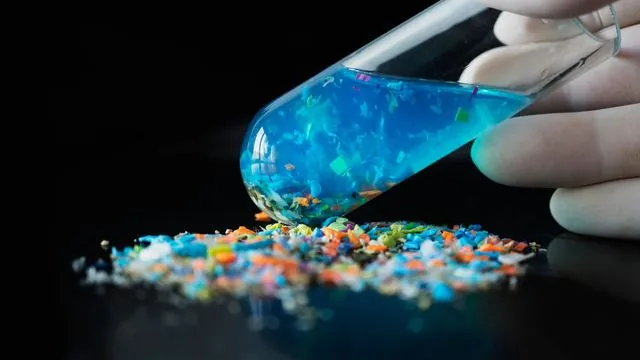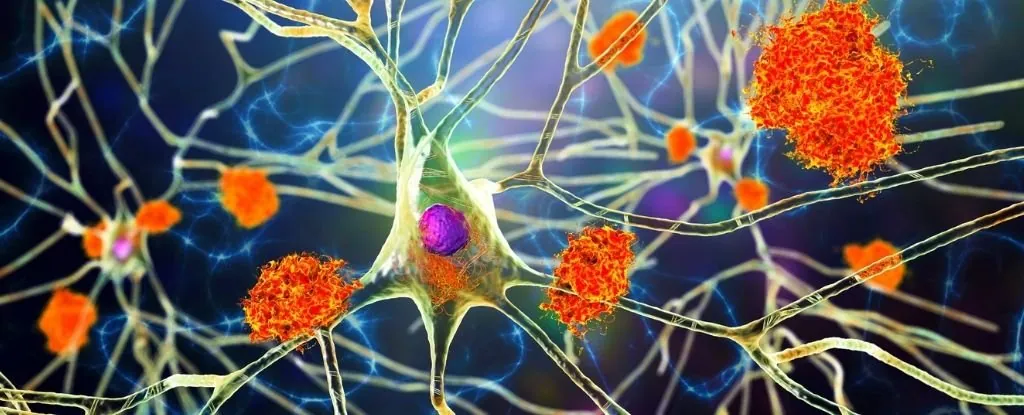
Microplastics Might Be a Hidden Trigger for Alzheimer’s—New Study Highlights the Danger
2025-09-11
Author: Nur
Microplastics: The Invisible Threat to Our Brain Health
Microplastics are invading our bodies in ways we might never have imagined—through the water we drink, the food we consume, and even the air we breathe. These tiny plastic particles have been found to accumulate in various organs, including the brain, potentially leading to alarming health consequences such as Alzheimer’s disease. A groundbreaking study from the University of Rhode Island sheds light on this troubling connection.
The Research Unveiled
Led by Assistant Professor Jaime Ross, researchers embarked on a mission to determine how these plastic toxins affect brain health. Their findings reveal that the build-up of micro- and nanoplastics can contribute to cognitive decline and increase the risk of Alzheimer’s, particularly for those carrying the genetically significant APOE4 allele. This gene variant significantly raises the likelihood of developing Alzheimer’s compared to the more common APOE3 gene.
Genetic Links and Lifestyle Factors
Ross points out the complexities of cognition, stating that even identical twins carrying the APOE4 gene can exhibit vastly different outcomes—one may remain cognitively healthy, while the other could succumb to Alzheimer’s. This raises the question of how lifestyle and environmental toxins like microplastics may play a pivotal role in brain health.
Groundbreaking Experiments with Mice
In a pivotal experiment, Ross and her team exposed genetically modified mice carrying either the APOE4 or APOE3 gene to microplastics dissolved in their drinking water over three weeks. Predictably, the plastic particles infiltrated the mice’s organs, including their brains. A control group, free from microplastic exposure, was also observed for comparison.
Behavioral Changes That Raise Alarms
As part of their investigation, researchers conducted a series of cognitive tests on the mice. One test involved placing them in an open space to assess their exploration behavior. Surprisingly, male APOE4 mice showed a marked shift, venturing into open areas rather than sticking to the edges, which is typical behavior for mice aiming to evade predators. This behavioral change can indicate cognitive impairment.
The Memory Test: A Disturbing Outcome
To further evaluate memory, mice were introduced to two distinct objects in a chamber, only to find one replaced upon returning. Female APOE4 mice exposed to microplastics struggled to recognize the new object, a clear sign of memory decline. This aligns with known patterns in human Alzheimer’s patients, showcasing sex-dependent behavioral changes.
Urgent Call for More Research
These alarming findings suggest that microplastics may significantly impact cognitive health, warranting urgent further investigation. A related study from URI revealed an astonishing accumulation of over 1,000 tons of microplastics in just the top two inches of Narragansett Bay—another wake-up call regarding our environment.
Looking Ahead: The Need for Regulation
Ross advocates for increased research funding and robust regulation of microplastics, as the ongoing Microplastics Safety Act aims to direct the FDA to scrutinize their impact on human health. Ross emphasizes that while mice are yielding useful insights, the real-world implications for human health are also a pressing concern, pushing for further investigation into these ubiquitous toxins.
Conclusion: A Call to Action
As we delve deeper into the murky waters of microplastics and their potential dangers, it’s clear we must confront this issue head-on. The research serves not just as a warning but as a rallying cry for scientists, policymakers, and the public to take action before it’s too late.




 Brasil (PT)
Brasil (PT)
 Canada (EN)
Canada (EN)
 Chile (ES)
Chile (ES)
 Česko (CS)
Česko (CS)
 대한민국 (KO)
대한민국 (KO)
 España (ES)
España (ES)
 France (FR)
France (FR)
 Hong Kong (EN)
Hong Kong (EN)
 Italia (IT)
Italia (IT)
 日本 (JA)
日本 (JA)
 Magyarország (HU)
Magyarország (HU)
 Norge (NO)
Norge (NO)
 Polska (PL)
Polska (PL)
 Schweiz (DE)
Schweiz (DE)
 Singapore (EN)
Singapore (EN)
 Sverige (SV)
Sverige (SV)
 Suomi (FI)
Suomi (FI)
 Türkiye (TR)
Türkiye (TR)
 الإمارات العربية المتحدة (AR)
الإمارات العربية المتحدة (AR)